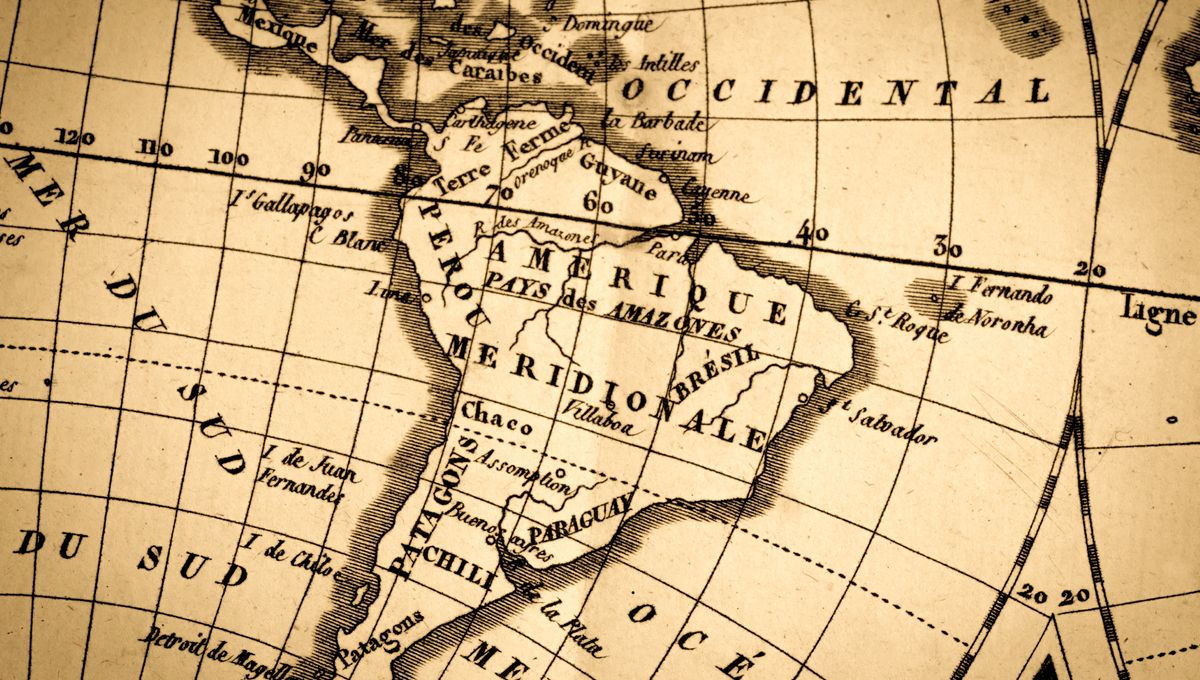
The first Spanish city to be founded on the American mainland lasted just 14 years before it was burned to the ground amidst an Indigenous uprising. During its short existence, the settlement witnessed more than its fair share of drama and tragedy, as revealed by the findings of the first ever mapping study at the ancient site.
Among the structures discovered by the researchers were houses, streets, workshops, and most striking of all, a bullet factory.
Located in northern Colombia, on the fringes of the notorious Darién Gap, the city of Santa María de la Antigua del Darién was founded in 1510 by a group of Spanish conquistadores. According to BBC Mundo, the site was chosen because, unlike elsewhere along the Caribbean coast, the locals didn’t use poison arrows in battle, making them easier to overcome.
Describing the importance of the city in Latin American history, the authors of the new study say its foundation represents “a turning point, one of those key moments in history in which we can say that there is a ‘before’ and an ‘after’, with continental and regional consequences that continue today.” In less than a decade and half, the Spanish residents of Santa María set in motion some of the key events that would define the geopolitical reality of South and Central America for centuries to come.
In 1513, for example, the city’s first mayor, Vasco Núñez de Balboa, became the first European to reach the Pacific Ocean, returning to Santa María with riches and slaves from the west coast. It was also from this early city that the expeditions leading to the conquests of Peru, Panama, Costa Rica, and Nicaragua were launched.
“Santa María de la Antigua became the first Spanish ‘foot’ in the new continent, the first foundation that managed to survive in a lasting way from where those who would be the protagonists of the early conquest passed through,” write the study authors.
Yet life was far from fun and games for the city’s colonial inhabitants. Mosquito-borne diseases and locust-driven famine killed huge numbers of Spaniards, while a strange “plague of sleepiness” – possibly caused by radioactive minerals – is reported to have overtaken the European settlers, causing hundreds more to die from sheer inability to wake up.
When the city was eventually razed to the ground in 1524, royal notary Gonzalo Fernández de Oviedo reported that Santa María de la Antigua del Darién had claimed “more lives than there are stars in the sky”. It would be another four centuries before the site was rediscovered by archaeologists, and it has taken until now for the ill-fated settlement to be studied in depth.
Using a combination of satellite imaging, ground-penetrating radar, and archaeological surveys, the study authors have been investigating and mapping Santa María since 2013. Presenting their preliminary findings, the researchers reveal that the city was built on top of an earlier Indigenous village inhabited by Cueva-speaking cultures that were virtually wiped out within two decades of the conquistadores’ arrival in the region.
Houses and gardens from this pre-Hispanic phase were dated to the early 12th century CE, with subsequent structures attributed to the European colonists built on and and around these older elements. Among the features identified by the researchers were “patios in boulders of Spanish houses, the western street of the city, a house for indigenous servants next to a Spanish lot, a water intake site, a workshop for the preparation of bullets for firearms, a blacksmith’s workshop and the southern River Wharf.”
According to the study authors, Santa María also had its own cathedral, hospital, prison “and everything a Castilian city needed in the early 16th century.” In the end, though, even the local bullet factory couldn’t protect the inhabitants from annihilation.
The study is published in the conference series Computational Science and Its Applications – ICCSA 2024 Workshops.
Source Link: Map Of First Ever Spanish City On The American Mainland Reveals Dramatic 14-Year History